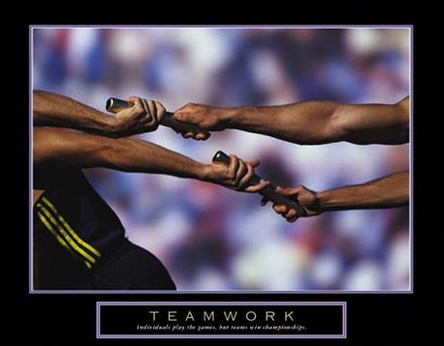
Auckland HEMS Prehospital and Retrieval Medicine Practitioners Wanted





Dr Chris Denny, Auckland HEMS Medical Director
Much of critical care medicine is a race. A relay race.

Enhancing the chain of survival for cardiac disease requires a series of interdependent tasks:
ED ECMO 36 – Crushing the nihilism of cardiac arrest
In the Auckland region, we are fortunate to work with an excellent ‘team of teams’. Our team includes:
A prehospital and retrieval medical team – Auckland HEMS and ARHT
Extra-corporeal membrane oxygenation (ECMO)
The 2015 ILCOR Guidelines state:
Mechanical Chest Compression Devices 2015 (Updated) – The evidence does not demonstrate a benefit with the use of mechanical piston devices for chest compressions versus manual chest compressions in patients with cardiac arrest. Manual chest compressions remain the standard of care for the treatment of cardiac arrest. However, such a device may be a reasonable alternative to conventional CPR in specific settings where the delivery of high-quality manual compressions may be challenging or dangerous for the provider (eg, limited rescuers available, prolonged CPR, CPR during hypothermic cardiac arrest, CPR in a moving ambulance, CPR in the angiography suite, CPR during preparation for ECPR).
This short video is a credit to our Auckland City Hospital Emergency Department Nurses. And to our Auckland HEMS Fellows. I would especially like to thank Dr Sean Fair (The University of Calgary). This video was shot in one take, then edited, all on Sean’s smartphone! Since my technical prowess peaked in the days of making a ‘mixed tape’, I am grateful for the next generation of wizardry.
With thanks to the nursing team at AED. And to Dr Chase Krook (Auckland HEMS Fellow) for serving as our Lead Actor.
We value your feedback. How do other services interact with their Emergency Departments and Interventional Cardiology teams? In our service, we are working with Cardiology to develop our pathways to definitive care.
iSimulate’s latest product – REALITi – has landed at ARHT!
This device gives us the ability of easy video debriefing and full, self-contained portability for our simulations.
If you’re interested in our training videos for REALITi – click here
We’re using the video to facilitate debriefing of not only medical events, but also to critique communication of our in-house winch simulator. This particular sim ran over 2 hours, including a rescue swim / patient retrieval, drowning / trauma resuscitation of multiple patients, through to packaging the patient and then winching into the helicopter winch simulator 25 feet off the ground.
You can also see what the video debriefing looks like – with full vital signs overlaid during this airway burn / surgical airway simulation.
Overall, we’re really happy with the extra capability this unit brings, and we’ll continue to push the limits of fidelity when we’re not doing the real thing!